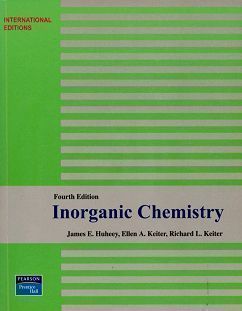書籍分類

Inorganic Chemistry 4/e
作者:James E Huheey, Ellen A Keiter, Richard L Keiter
原價:NT$ 1,300
ISBN:9789867594532
版次:4
年份:1993
出版商:Pearson Education
頁數/規格:1072頁/平裝單色
版次:4
年份:1993
出版商:Pearson Education
頁數/規格:1072頁/平裝單色
內容介紹 本書特色 目錄
- Description
Its user-friendly approach and straightforward slant, patterned on professional literature, gives students a comprehensive look at the discipline and introduces them to such exciting topics as bioinorganic chemistry and solid state chemistry. The fourth edition of Inorganic Chemistry: Principles of Structure and Reacitvity contains rewritten chapters throughout, with expanded coverage of symmetry and group theory and related areas such as spectroscopy and crystallography. Reorganized chapters on bonding, coordination chemistry and organometallic chemistry are included, along with a more in-depth look at solid-state chemistry and other hot topics. Abundant pedagogy, such as illustrations and problems, complements the text's coverage.
分類位置:
理工 > 化學/化學工程 > 無機化學


